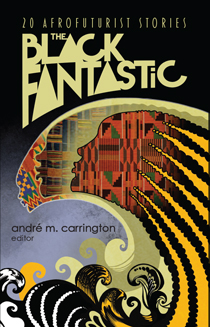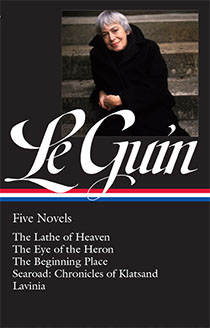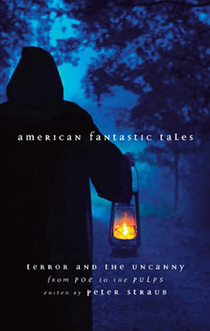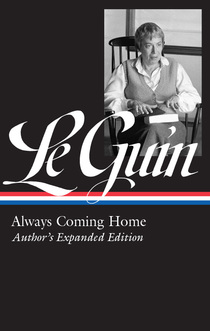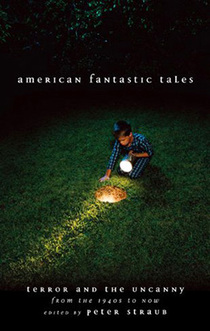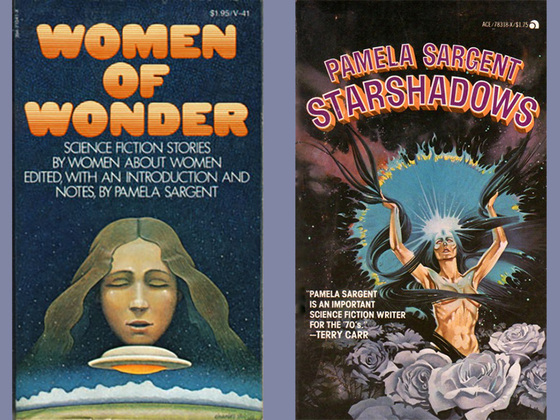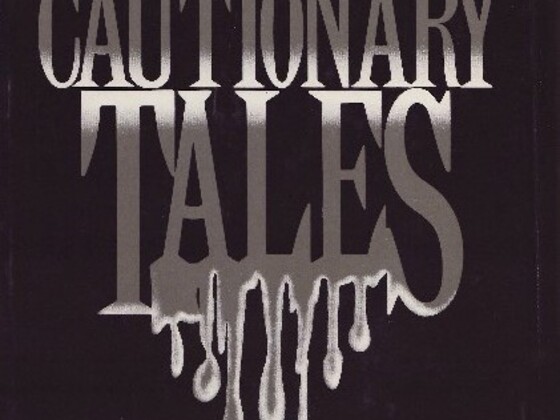Fantasy / Science Fiction / Horror
Charlotte Perkins Gilman (1860–1935)
From Charlotte Perkins Gilman: Novels, Stories & Poems
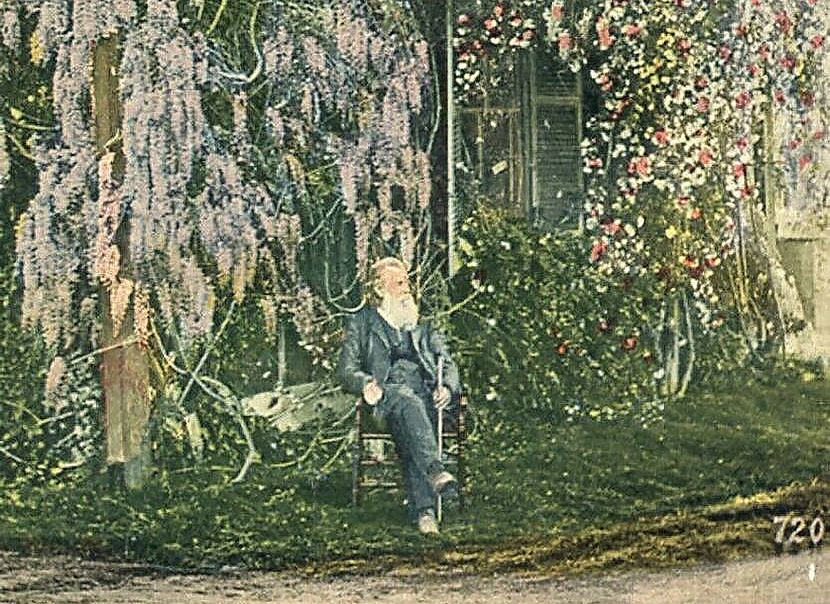
Charlotte Perkins Gilman, in the words of her biographer Cynthia J. Davis, was “initially acclaimed for her gifts as a poet and lecturer, but she sealed her reputation by writing a series of books on women’s economic dependence, domestic confinement, and desire for public service.” Gilman wrote, by Davis’s count, 500 poems, close to 700 works of fiction, and 2,000 works of nonfiction.
Today she is mostly remembered for “The Yellow Wall-Paper,” which is now ubiquitous in school curricula—and is sometimes (mis)read as a ghost story. Without labeling it as such, H. P. Lovecraft mentions it in his book Supernatural Horror in Literature, saying the tale “rises to a classic level in subtly delineating the madness which crawls over a woman dwelling in the hideously papered room where a madwoman was once confined.” Science fiction author Joanna Russ recalled, “I read it at fifteen and it scared me. When I re-read it at thirty-five I was amazed that I had so completely missed the feminist message.” A work of psychological horror, certainly—but it contains no ghosts.
Yet early in Gilman’s career, around the time she wrote “The Yellow Wall-Paper,” she did, in fact, write a couple of ghost stories that unambiguously feature ghosts. One of them, “The Giant Wistaria,” can probably now lay claim to being Gilman’s second-most famous story. Three couples learn of an abandoned but well-maintained cottage—“What a lovely house! I am sure it’s haunted!”—and decide to rent it. “I’m convinced there is a story, if we could only find it,” one of the party exclaims, and another responds, “And if we don’t find a real ghost, you may be very sure I shall make one.” There’s no need: the ghost is waiting to be found and the story told.
You can read “The Giant Wistaria” at our Story of the Week site, which includes an introduction describing how the newly incorporated Southern California town of Pasadena played a role in the story’s development.
